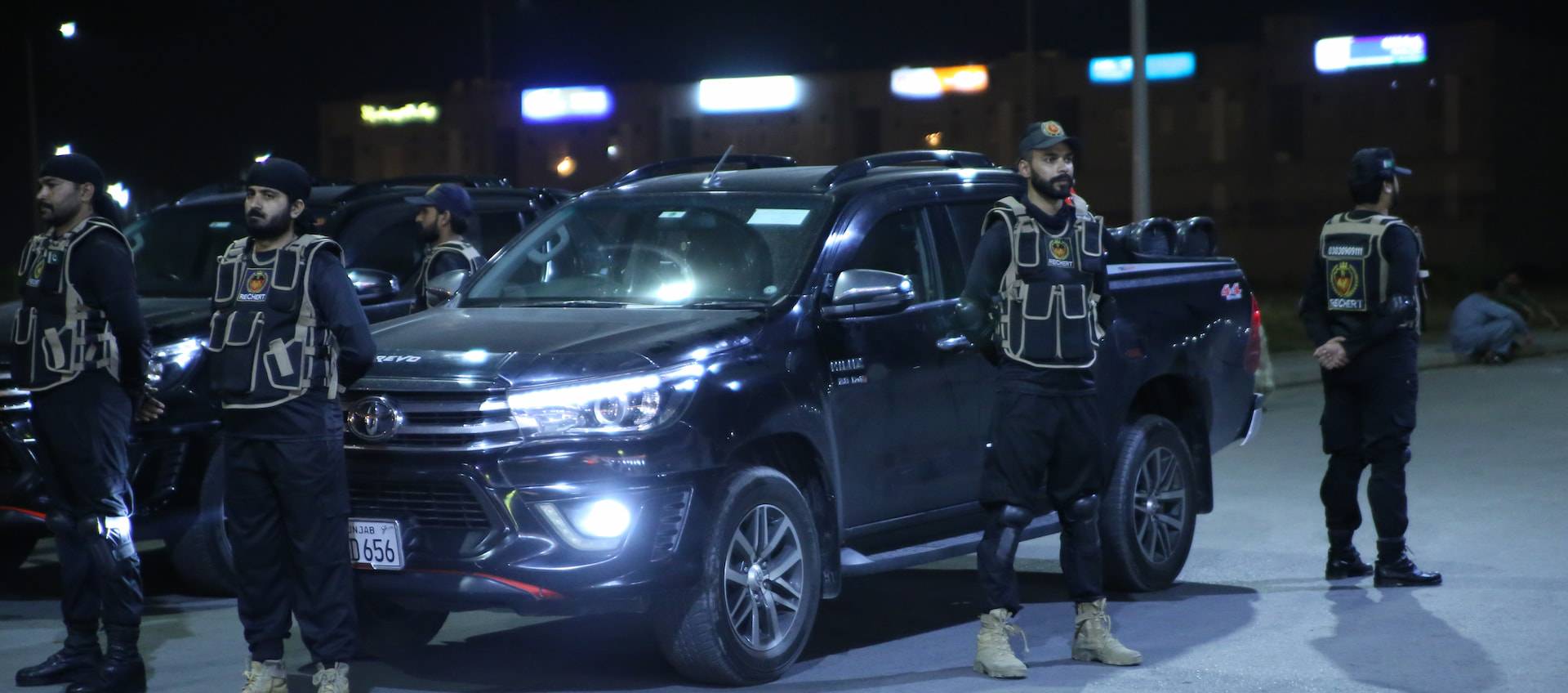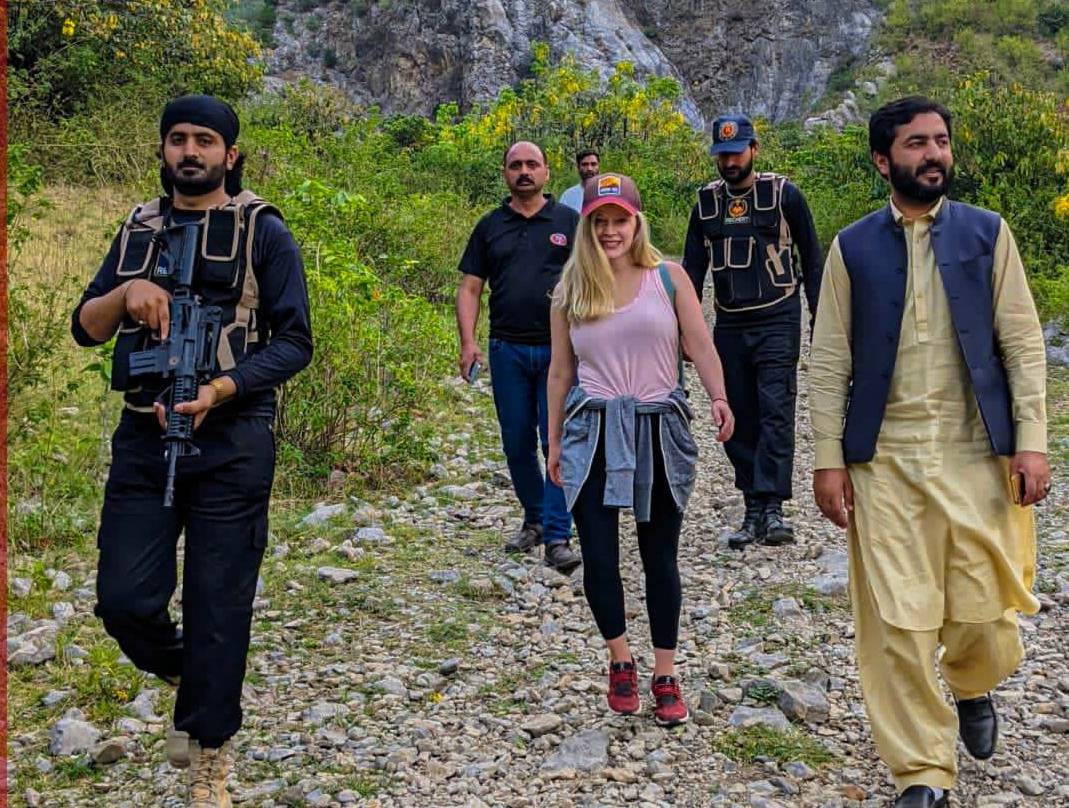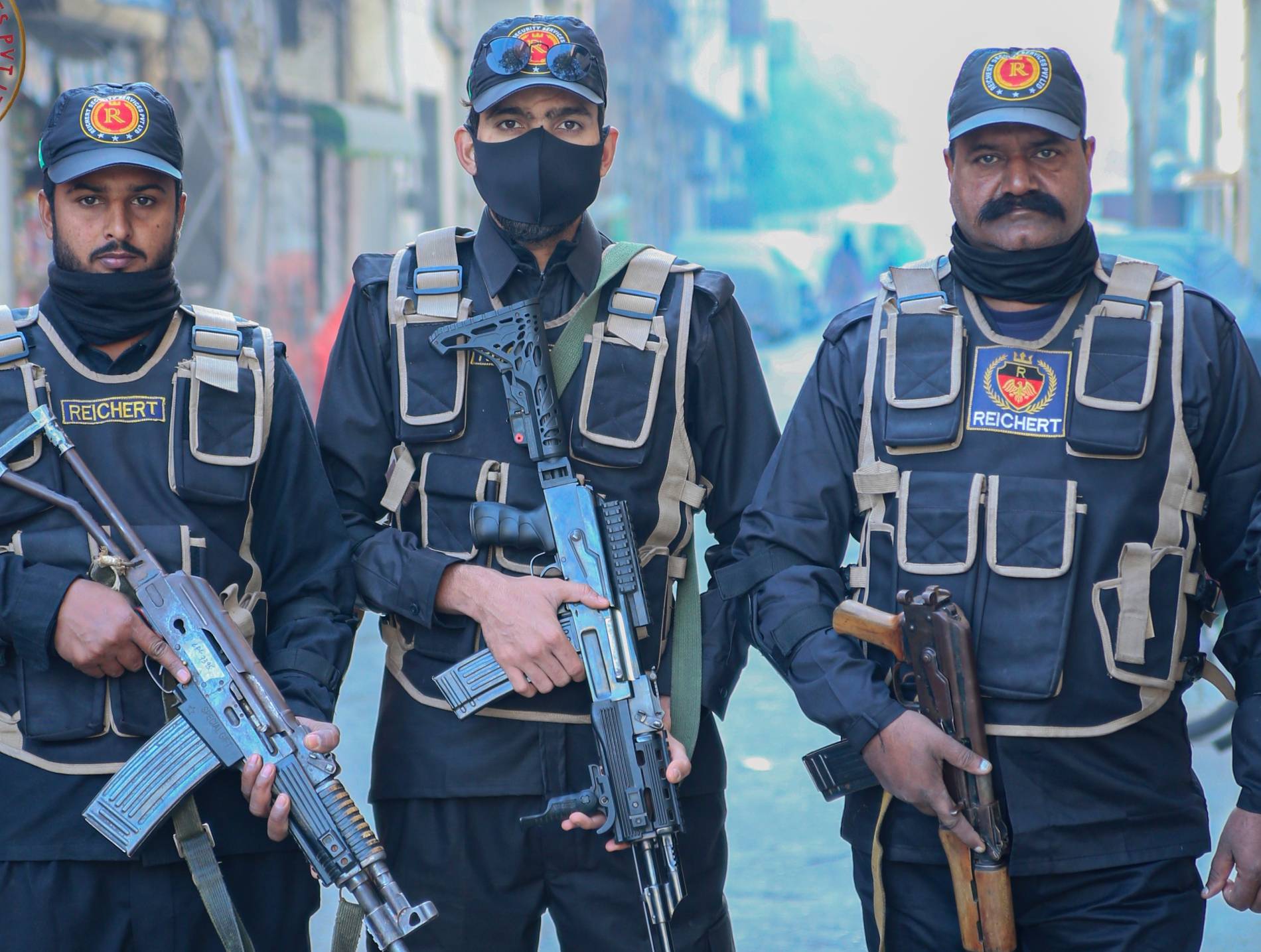Peru Country Report
Political instability is a big problem in Peru. Multiple corruption scandals continue to undermine public trust in the government, and tensions between Congress and the president have weakened the government’s ability to push for reforms. Moreover, intermittent allegations of abuse of power and electoral fraud highlight pervasive flaws in democratic institutions.
While crime is a major concern, civil unrest and labor unrest can cause significant disruption and turn violent. In remote areas, remnants of the Shining Path (Sendero Luminoso) have sporadically ambushed security forces, killed civilians, and resorted to criminal activity as part of an ongoing insurgency. Levels of corruption and poor adherence to the rule of law are expected to affect business operations.
The country is particularly prone to powerful earthquakes and tsunamis in coastal areas, and the lack of a comprehensive emergency management system increases the risk of catastrophic damage. Torrential rains and thunderstorms often occur during the monsoon season. Hospitals and clinics with modern equipment, mainly located in urban centers, provide high-quality medical care.
Last updated: August 11, 2023
Security
The main threats that foreigners face are generally petty and opportunistic crimes, especially in urban centers. However, it’s worth noting that crime rates across the country are high, and travelers can also become victims of violent crime. There is also conflict in the remote VRAEM region, with the Shining Path Maoist group carrying out armed attacks against security forces and, in some cases, civilians. In addition, protests, including anti-mining demonstrations, can turn into conflicts.
Last updated: August 11, 2023
Infrastructure
While air travel does not pose major safety concerns, flights departing from Nazca Maria Reich Neumann Airport (NZC) do pose safety risks.
Land travel is a concern due to poor road conditions and reckless local driving habits.
Ports are considered relatively efficient.
Although mobile communication coverage and internet connection in urban centers are considered stable and reliable, a significant portion of rural households lack stable connectivity.
The risk of cybercrime is increasing.
Last updated: August 11, 2023
Environment
Peru’s climate varies from dry on the coast to tropical in the east, and rainfall varies greatly by region. Heavy rain and lightning can cause floods and landslides. It is more common in eastern regions, especially during the rainy season (September to May), but can be more effective in areas that typically receive less rainfall. In addition, northern coasts and southern regions are particularly at risk of being affected by changes in weather conditions caused by El Niño and La Niña events. This country is subject to strong earthquakes and large tsunamis, especially in coastal areas.
Last updated: March 22, 2023
Health and Medical
Mosquito-borne diseases are especially common in northern and eastern regions, but taking basic precautions can greatly reduce the risk of infection. The novel coronavirus disease (COVID-19) has become a major public health problem. Adequate medical care and well-equipped pharmacies exist in Lima and major cities, but access is limited in rural areas.
Last updated: September 7, 2022
Political
Peru has a democratic republic system with a representative system led by the president. The president acts as the head of state and head of government and directs the executive branch of government. Dina Bularte was sworn in in December 2022 after Pedro Castillo was ousted from office and arrested for announcing plans to illegally dissolve Congress and rule by decree. Castillo came to power after years of volatile political dynamics. His predecessor, Francisco Sagasti, took office less than a year after President Manuel Merino resigned, but served only five days after President Martin Vizcarra was impeached. He himself took power as the interim leader after the resignation of the president. Pedro Pablo Kuczynski.
An independent judiciary interprets both the law and the constitution. Elections are held regularly and are considered relatively fair and transparent, although unsuccessful candidates sometimes refuse to recognize election results.
Last updated: August 11, 2023















